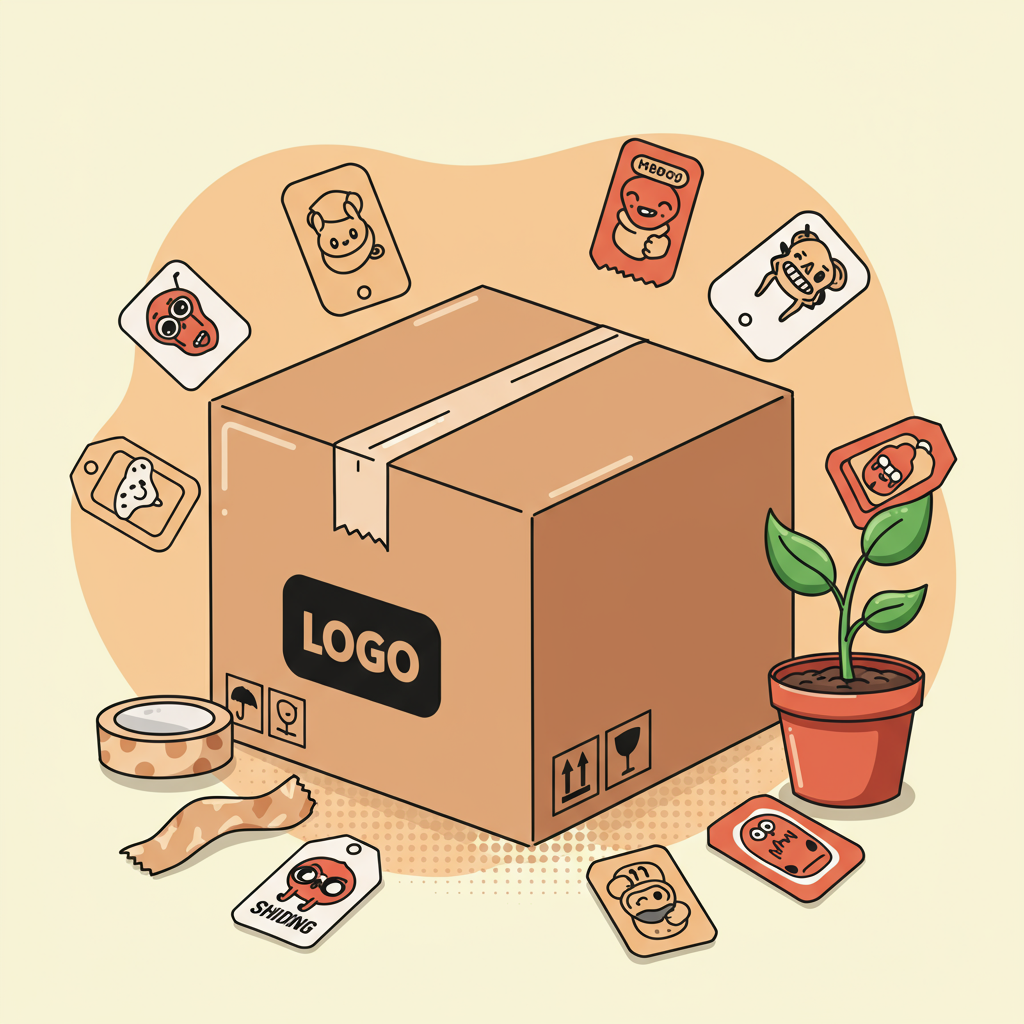Transforming Logistics into a Powerful Brand Experience for Your Online Store
As a Shopify merchant, I’ve learned that packaging and shipping are far more than just logistics; they’re integral parts of the customer experience.
They represent a crucial touchpoint, often the first physical interaction a customer has with your brand after making a purchase online.
Getting this right can significantly impact customer satisfaction, repeat business, and even your brand’s reputation.
In this guide, I want to share my insights and strategies for mastering packaging and shipping on Shopify, helping you turn a necessary process into a powerful brand asset.
First, let’s talk about packaging. It’s not just about protecting your product during transit, although that’s undeniably its primary function.
Think of your package as a silent salesperson, an extension of your online storefront. It’s an opportunity to reinforce your brand identity and create a memorable unboxing experience.
A well-designed package can elevate a simple product into a premium offering, making customers feel special and valued.
Conversely, flimsy or generic packaging can undermine the perceived quality of even the best products, leading to disappointment.
When I started, I explored various options. For sturdy items, corrugated boxes are my go-to. They offer excellent protection and come in many sizes.
For lighter, less fragile items, I often opt for poly mailers or bubble mailers. They’re cost-effective, lightweight, and can be customized with branding.
Beyond the outer shell, what goes inside matters just as much. I use tissue paper, crinkle paper, or even custom-printed void fill to secure items and add a touch of elegance.
Branded elements like custom tape, stickers, and thank-you cards are small details that make a huge difference in creating a cohesive brand experience.
My design philosophy centers on consistency and impact. Your logo, brand colors, and fonts should be present, creating instant recognition.
I also like to include a personalized touch, perhaps a handwritten note or a small, relevant freebie. These gestures foster a deeper connection with my customers.
Practicality is key too. I always consider the product’s size, weight, and fragility when selecting packaging materials to ensure adequate protection without excessive bulk.
Sustainability has become a major consideration for my business. I actively seek out recycled, recyclable, or biodegradable packaging options to align with my values and appeal to eco-conscious customers.
Once your products are beautifully packaged, the next hurdle is getting them to your customers efficiently and affordably.
On Shopify, I’ve found that choosing the right shipping carriers is paramount. I compare rates and services from USPS, UPS, FedEx, and sometimes local couriers, depending on the destination.
Deciding on your shipping rate strategy is crucial. I’ve experimented with flat-rate shipping, calculated rates based on weight/dimensions, and even offered free shipping on orders over a certain value.
Free shipping, while seemingly a cost to me, often acts as a powerful conversion driver, encouraging larger orders.
Understanding shipping zones and international shipping regulations, including customs forms and potential duties, is vital if you plan to sell globally. It can be complex, but Shopify’s platform helps streamline much of this.
For order fulfillment, I initially handled everything in-house, but as my business grew, I considered third-party logistics (3PL) providers. This can free up valuable time and space.
Shopify Shipping offers discounted rates on labels and integrates seamlessly with my orders, making the label printing process incredibly efficient.
To keep costs down, I always buy my packaging supplies in bulk. This significantly reduces the per-unit cost.
I also constantly refine my packing process to be as efficient as possible, minimizing the time spent on each order.
Returns management is another area I’ve focused on. A clear, easy-to-understand return policy and a streamlined process build customer trust.
This is where all your efforts culminate. I aim for an unboxing experience that feels like opening a gift, not just a package.
It’s about the sensory details: the feel of the paper, the subtle scent, the visual appeal of the arrangement inside.
I encourage customers to share their unboxing moments on social media, which provides fantastic user-generated content and organic marketing for my brand.
Shopify’s app store is a treasure trove for shipping solutions. I’ve used apps for advanced shipping rules, tracking, and even automated return labels.
A reliable label printer and an accurate weighing scale are indispensable tools in my packing station, saving me time and preventing errors.
One mistake I learned from early on was overspending on overly elaborate packaging for every product. It’s about balance.
Another is under-protecting products, leading to damaged goods and unhappy customers. Always prioritize product safety.
Finally, having confusing or hidden shipping policies can lead to abandoned carts. Be transparent and clear about your shipping costs and times upfront.
Packaging and shipping are not just operational necessities; they are powerful branding and customer retention tools for any Shopify merchant.
By investing time and thought into these areas, you can transform a transactional process into a delightful experience that keeps customers coming back.
I hope my journey and these tips help you elevate your Shopify business.
What do you think about these ideas? I’d love to hear your thoughts and any strategies you’ve found successful!






